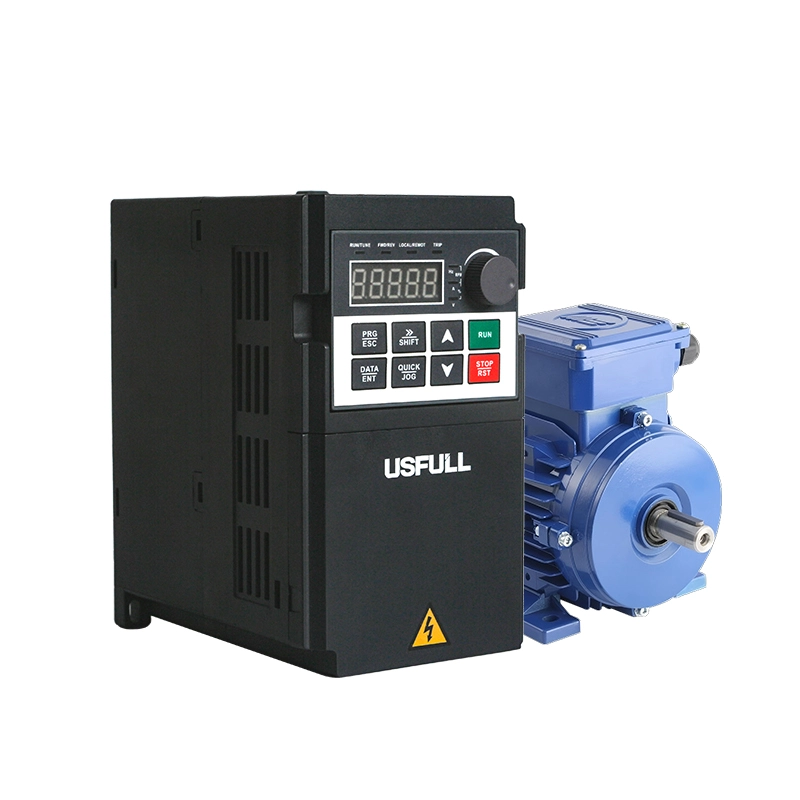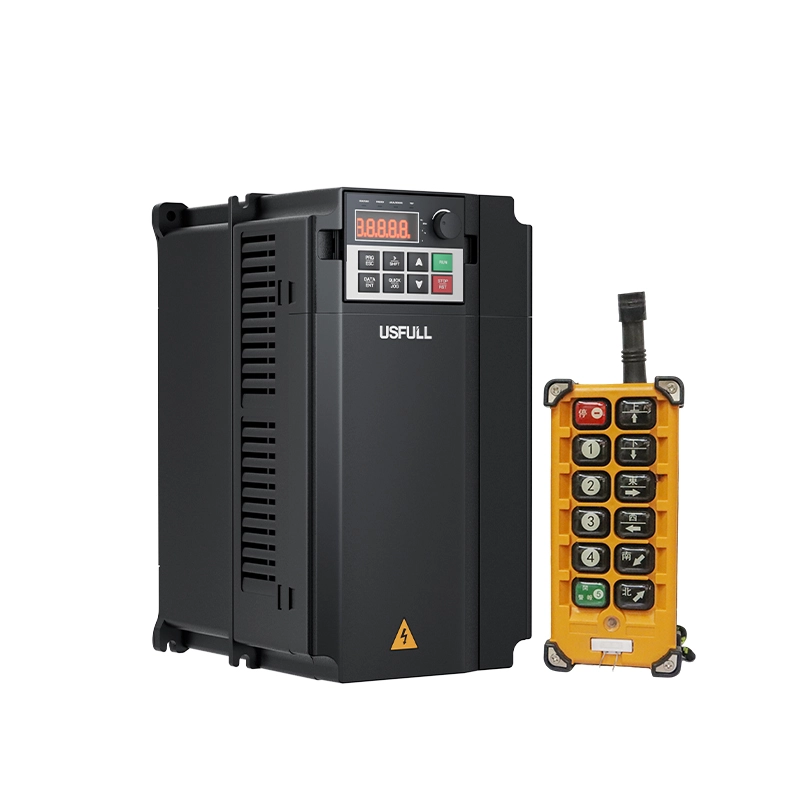Energy conservation is a key element long-term sustainable development strategy. As an essential component of industrial control systems, the variable frequency drive (VFD) plays a crucial role in achieving energy efficiency. Installed at the motor control level, these devices regulate speed and power, offering significant advantages in energy savings. But how exactly do VFDs work to save energy? Is it as simple as installing a frequency inverter to achieve savings? Let’s delve into the principles and conditions that determine their effectiveness.
Energy-Saving Principle of Variable Frequency Drives
The variable frequency inverter is designed to optimize motor performance while reducing energy consumption. Here’s how it works:
Precision Speed Control
VFDs allow precise control of motor speed, ensuring the motor operates at the required speed rather than full capacity. This reduces unnecessary power consumption, particularly in applications where full-speed operation isn’t needed.
Minimized Start-Stop Cycles
Frequent motor starts and stops consume significant energy and increase wear and tear. With smooth acceleration and deceleration provided by a variable speed drive, energy spikes are minimized, improving overall efficiency.
Load-Dependent Power Adjustment
A variable frequency inverter adjusts motor output power based on the actual load, preventing the motor from running in a high-power state unnecessarily. This adaptability is key to saving energy in varying operational conditions.
Optimized Operating Conditions
By controlling motor speed and torque, VFDs enhance the motor’s operating efficiency, reducing energy loss due to suboptimal performance.
Noise and Vibration Reduction
Lower motor speeds achieved through VFDs reduce mechanical vibration and noise, indirectly contributing to energy efficiency by minimizing mechanical strain.
Power Factor Correction
Using an inverter VFD, the motor’s power factor is improved, ensuring better utilization of electrical power and reducing overall energy waste.
Load and Operating Parameter Optimization
When motors operate under low load conditions, the energy-saving effect of VFDs becomes more pronounced. Furthermore, fine-tuning parameters such as power, voltage, and speed enhances overall system efficiency.
What Are the Energy-Saving Conditions for Variable Frequency Drives?
While VFDs offer significant energy-saving potential, their effectiveness depends on specific conditions. Merely installing a frequency inverter does not guarantee savings. For optimal results, the following criteria must be met:
High-Power Applications with Variable Loads
Energy savings are most evident in high-power equipment like fans and pumps, where load demand fluctuates.
Energy-Saving Support
The device should include built-in energy-saving features, often supported by advanced software algorithms.
Continuous Long-Term Operation
VFDs demonstrate their full energy-saving potential in applications requiring prolonged and steady operation.
Conclusion
Variable frequency drives are a powerful tool for reducing energy consumption, but their benefits depend on the application and operating conditions. By precisely regulating motor speed, reducing start-stop cycles, and optimizing load parameters, VFDs deliver energy efficiency while improving overall system performance. However, it’s crucial to assess the specific requirements of your system to determine whether a variable frequency inverter is the right solution for achieving sustainable energy goals.





